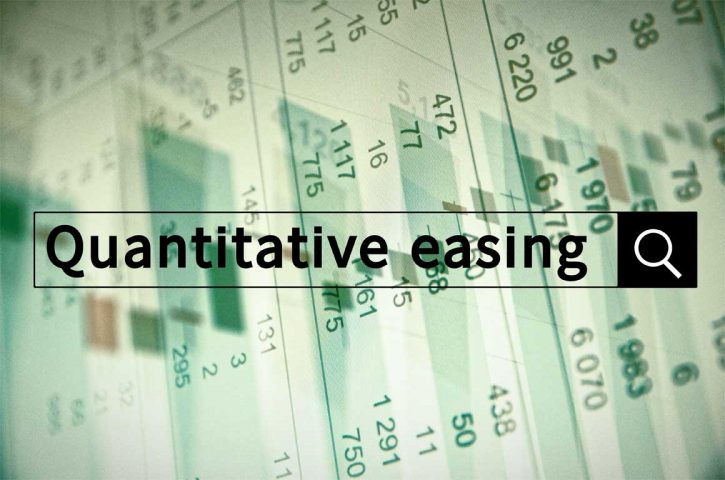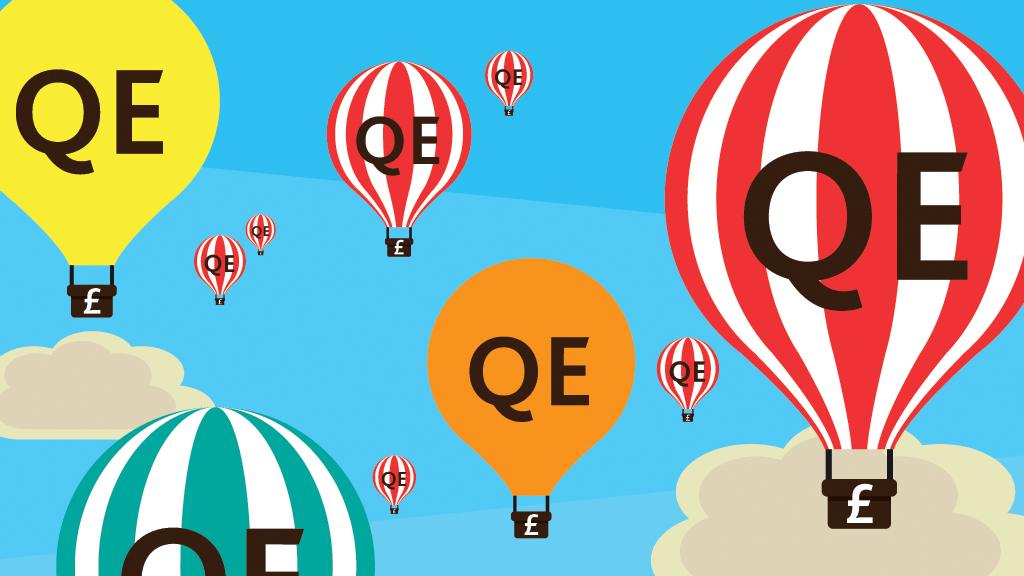More QE
The Bank of England announced Thursday, 18th June 2020 more support by increasing QE – Quantitative Easing by injecting a further £100 billion into the UK economy. This increase brings the total to £745 billion.
Bank policymakers voted 8-1 to increase the size of its bond-buying programme and said there was evidence that the UK economy would be impacted less than initially feared. The Bank said more recent indicators of economic activity suggested the economy was starting to bounce back.
It was reported that there had been a recovery in consumer spending in May and June, while housing activity was also starting to recover. However, the BoE warned that the outlook for the economy remained uncertain.
The Bank’s Monetary Policy Committee (MPC) also voted to maintain interest rates at 0.1%, a record low.
What is QE – Quantitative Easing?
And no, it’s not Queen Elizabeth or a ship. Go google it…
It’s where central banks around the world introduce money into their respective economies by selling bonds, a promise for tomorrow basically. In theory, it works like this…
- Central banks create money
- This is used to buy bonds from financial institutions
- Which leads people and businesses to borrow more – (no decent interest rate for savers)
- This pushes interest rates down
- So more is spent and jobs are created
- To boost the economy
- In theory
This is great in theory but what we don’t fully appreciate is the unprecedented levelof debt now being created. And this has been happening, in earnest, since the financial crises of 2008/2009. It has become a central bank ‘go to’ tool to ‘fix’ economies. Debt levels have swollen.

Central Bank Limit
At some point central bank ‘assistance’ will likely fail and prove less useful as a tool in the fight against economic shocks. There’s only so much central banks can do.
And then, what next for world economies – negative interest rates? I sincerely hope not.
Market reaction
Overall, market movements may suggest investors are reacting to recovery headlines about stimulus and of new Covid-19 cases without any obvious clear direction. Investors and traders are searching for the next catalyst to move markets.
In my opinion, if the attempt to re-open economies falters at any level, we’ll likely see a pull back in stocks. Hopefully businesses will quickly recover lost ground and create the jobs furloughed or lost during the pandemic. But if they don’t…?
Stocks and Shares
And bear in mind, as savings rates are so low – some of this central bank ‘easy’ money will end up in stocks and shares further inflating stocks even more.
Let’s see where it goes from here.
